Australia’s Icebreaker Nuyina Questioned Due to Lack of Scientific Missions
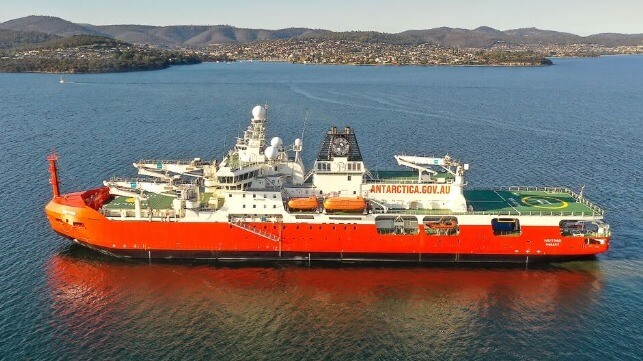
Australia’s icebreaker RSV Nuyina which was promoted as representing a “quantum leap forward for scientific research capabilities,” continues to be at the center of a controversy with the latest report highlighting that it has failed to conduct any scientific voyage since its launch in 2021.
RSV Nuyina, which is operated by Australian Antarctic Division (AAD) cost A$534.4 million (US$350 million) to build, but the icebreaker has had a troubled history. Since the vessel was completed in 2021, it has experienced mechanical failures that have raised concerns. A new report from the Australian federal government criticizes the vessel’s failure to carry out one of its core mandates – scientific research.
When it was commissioned in late 2021, Nuyina was described as the world’s most advanced icebreaker, science, and resupply ship, which was not only a clear symbol of Australia’s Antarctic ambition but also the future of scientific research. It replaced its predecessor Aurora Australis which was decommissioned after 30 years in service.
The Department of Finance now believes the icebreaker is “struggling” to fulfill its scientific missions, something that is raising concerns among the scientific community. In a report that is marked as “sensitive” and prepared in February, the department contends the icebreaker has only carried out resupply missions in the Macquarie Island station and a rescue operation.
The only form of scientific research, according to the AAD, came in February this year with its first contribution to a decades-long, multinational science program surveying the tiny marine plants and animals of the Southern Ocean. Nuyina carried out the survey while on its voyage to the Casey research station. In the survey, scientists towed a Continuous Plankton Recorder (CPR) for 400 nautical miles behind the ship to capture a sample of the plankton floating in the surface waters along the route.
Before that, the vessel had initially been sidelined after arriving in Australia due to an electrical problem. During the commissioning in 2022, they experienced a shortage of spare parts that delayed the first missions till 2023.
“The [Australian Antarctic Division] is struggling to allow sufficient time on the ship to deliver marine science. This is beginning to (and could continue to) raise concerns within the scientific community,” Australian media outlet ABC said quoting from the report.
The icebreaker is projected to have cost the Australian government A$1.4 billion (US$920 million) to build, including the projected cost to maintain and operate the vessel over the next 30 years. Australia invested in the 160-meter-long icebreaker specifically for the grueling Antarctic task of undertaking research and exploration missions. Part of its tasks is mapping the ocean floor to a depth of 11,000 meters, researching polar weather patterns in the upper atmosphere, and acting as a floating laboratory to monitor the health of oceans and marine ecosystems.
With science being its core mandate, Nuyina is equipped with four permanent scientific laboratories and can accommodate an additional 20 containerized laboratories for specialized research projects that will evolve over the coming decades. It can accommodate 117 personnel and 32 crew for 92 days at sea.
The report added that given Antarctic science is an important benefit that the government sought from the investment in the icebreaker, there may be a need to consider whether the single vessel model is going to achieve all that is required from the government in the Australian Antarctic Program.
The federal government only agreed to release the report after Liberal senator Jonathon Duniam advanced a motion in the Senate. It is now sparking a fresh controversy over the problems in building and commissioning the vessel and how it should be operated in the future.
America's Only Heavy Icebreaker Soldiers On Through Antarctic Mission
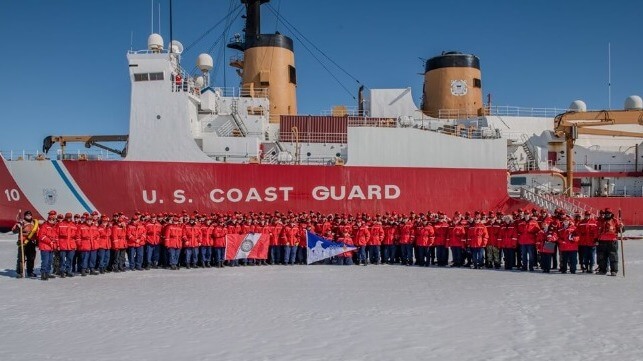
The U.S. Coast Guard icebreaker Polar Star has returned from her annual voyage to Antarctica, completing a 138-day mission to clear a channel to America's main research station on the frozen continent. The yearly "Operation Deep Freeze" breakout is typically Polar Star's sole assignment, and the aging vessel returns to shipyard each year after completing it.
Polar Star traveled nearly 28,000 miles this time, transiting through parts of four oceans and calling in four continents. As in years past, the crew dealt with maintenance contingencies under way, including dive operations to fix a leaking shaft seal in freezing conditions. They broke out a 38-mile-long channel to McMurdo Station and escorted three merchant ships to the temporary pier, enabling delivery of 215,000 barrels of fuel and 36,000 tonnes of supplies for the National Science Foundation base.
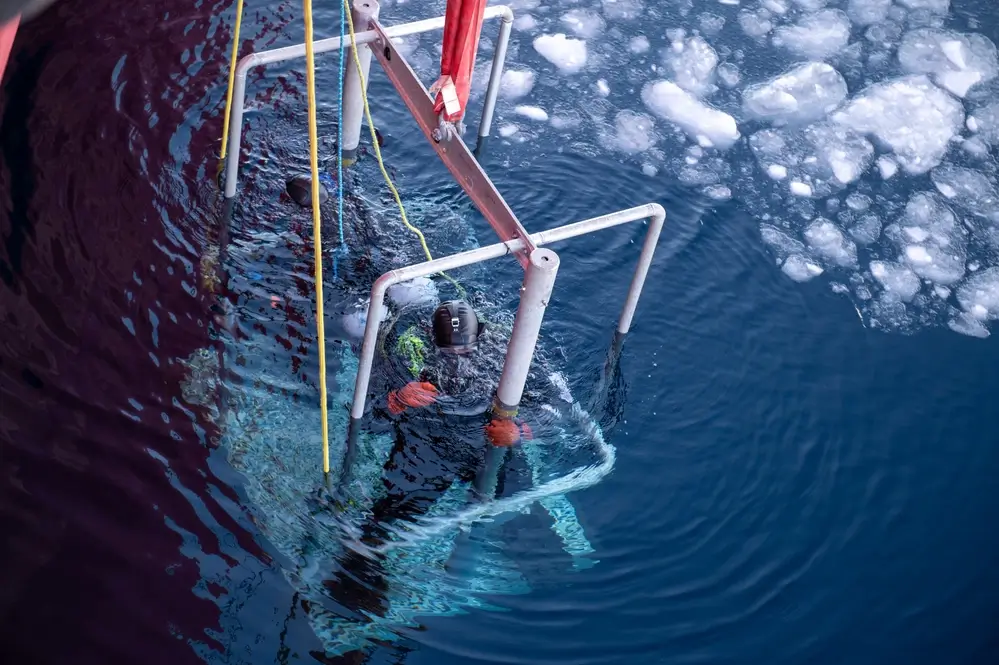
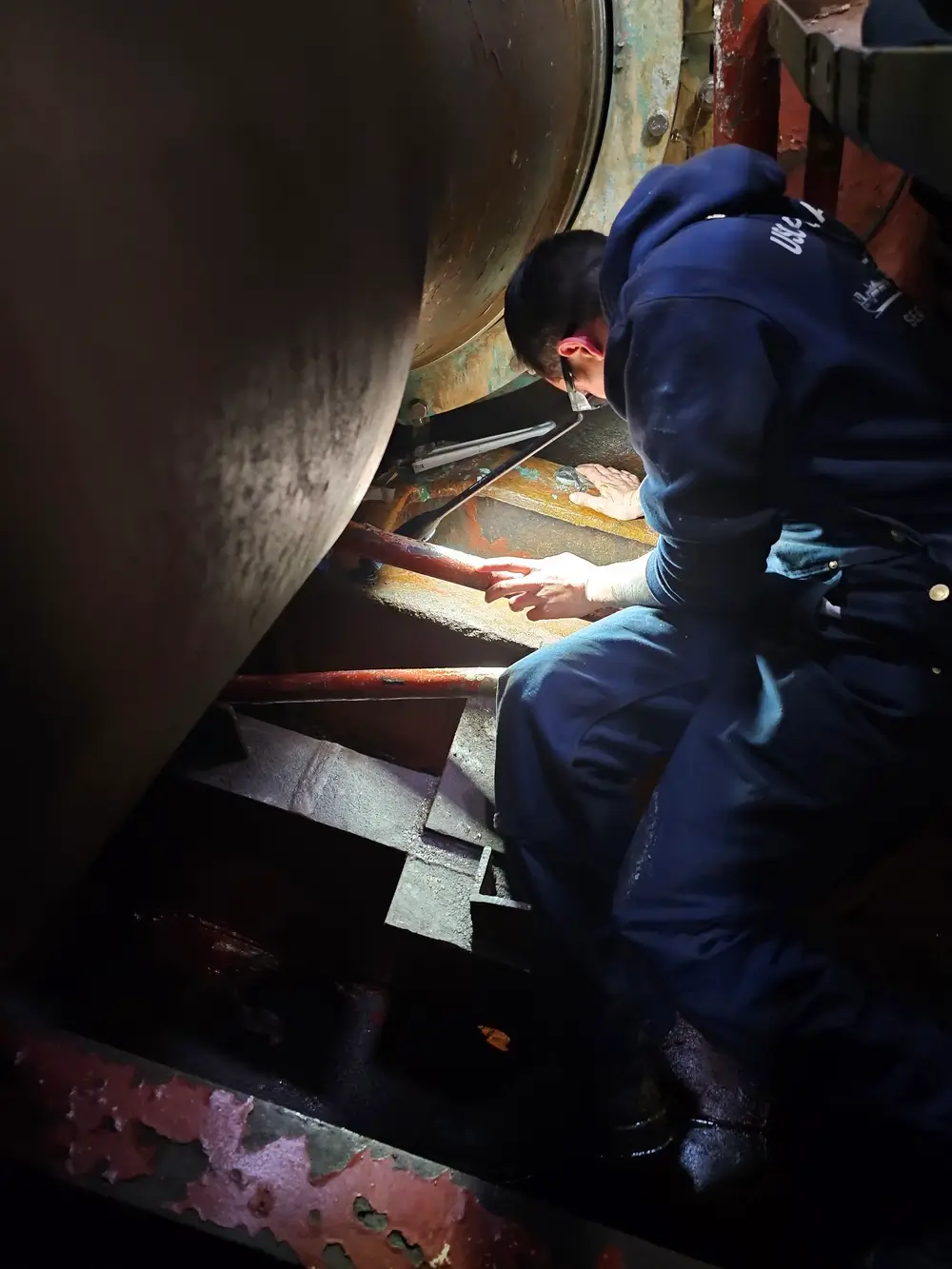
Divers and damage control personnel work on repairing a leaking shaft seal under way, January 2024 (USCG)
"The successful completion of this mission stands as a testament to the relentless commitment and selflessness exhibited by our crew,” said Capt. Keith Ropella, Polar Star’s commanding officer. “Despite adverse weather, difficult ice, and formidable mechanical challenges, the crew of Polar Star not only achieved their mission but did so with remarkable expertise and teamwork."
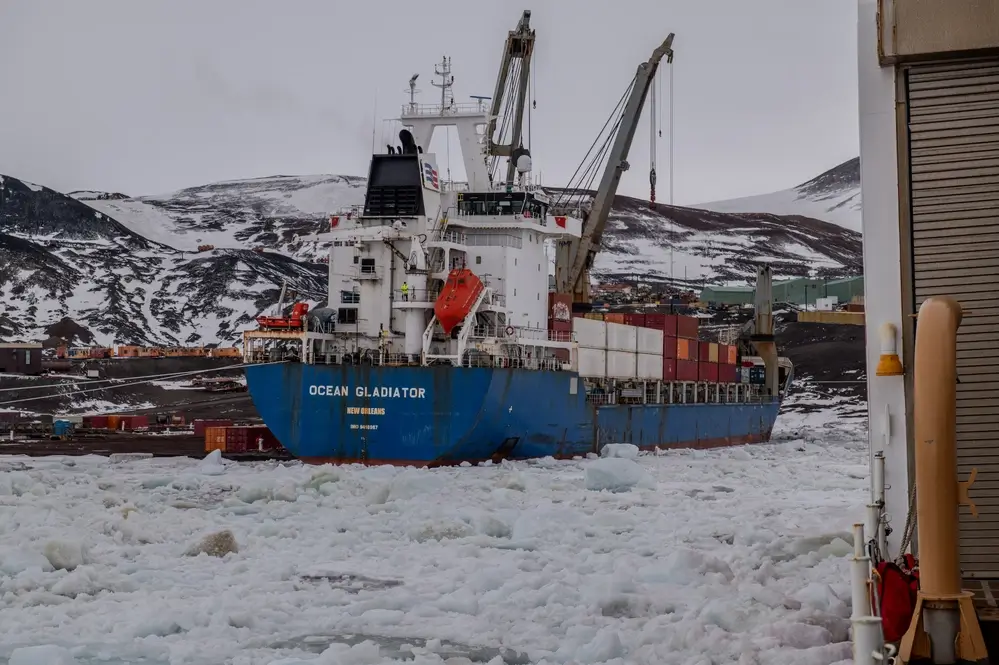
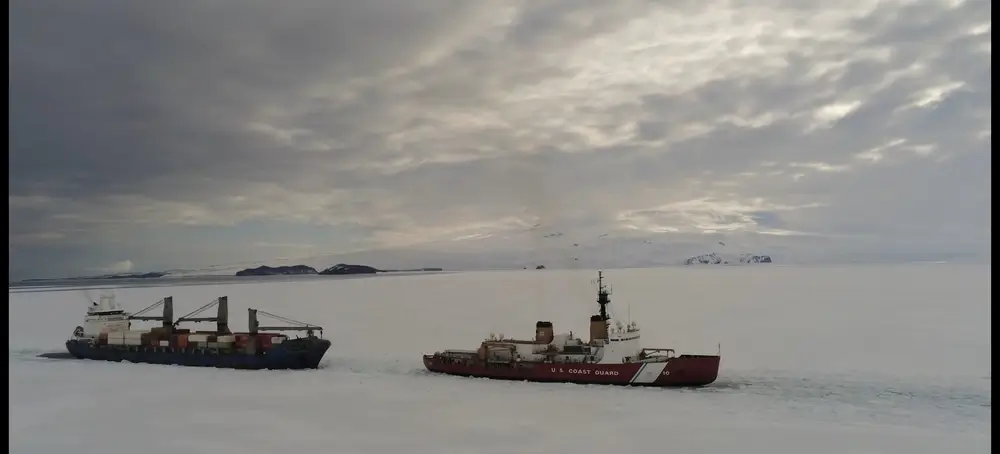
Polar Star escorts a merchant ship through the ice to McMurdo Station, January 2024 (USCG)
Polar Star has returned to Mare Island Drydock in California for her next round of repair and refit work. The projects this year include replacement of aging machinery control systems and "significant maintenance" to extend the vessel's service life, the Coast Guard said in a statement.
The nation's only functioning heavy icebreaker is 48 years old this year, and the Congressional Research Service believes that her replacement will likely deliver in 2028 at the earliest - at which point Polar Star will be 52. The class was originally designed for a 30-year service lifetime.
No comments:
Post a Comment